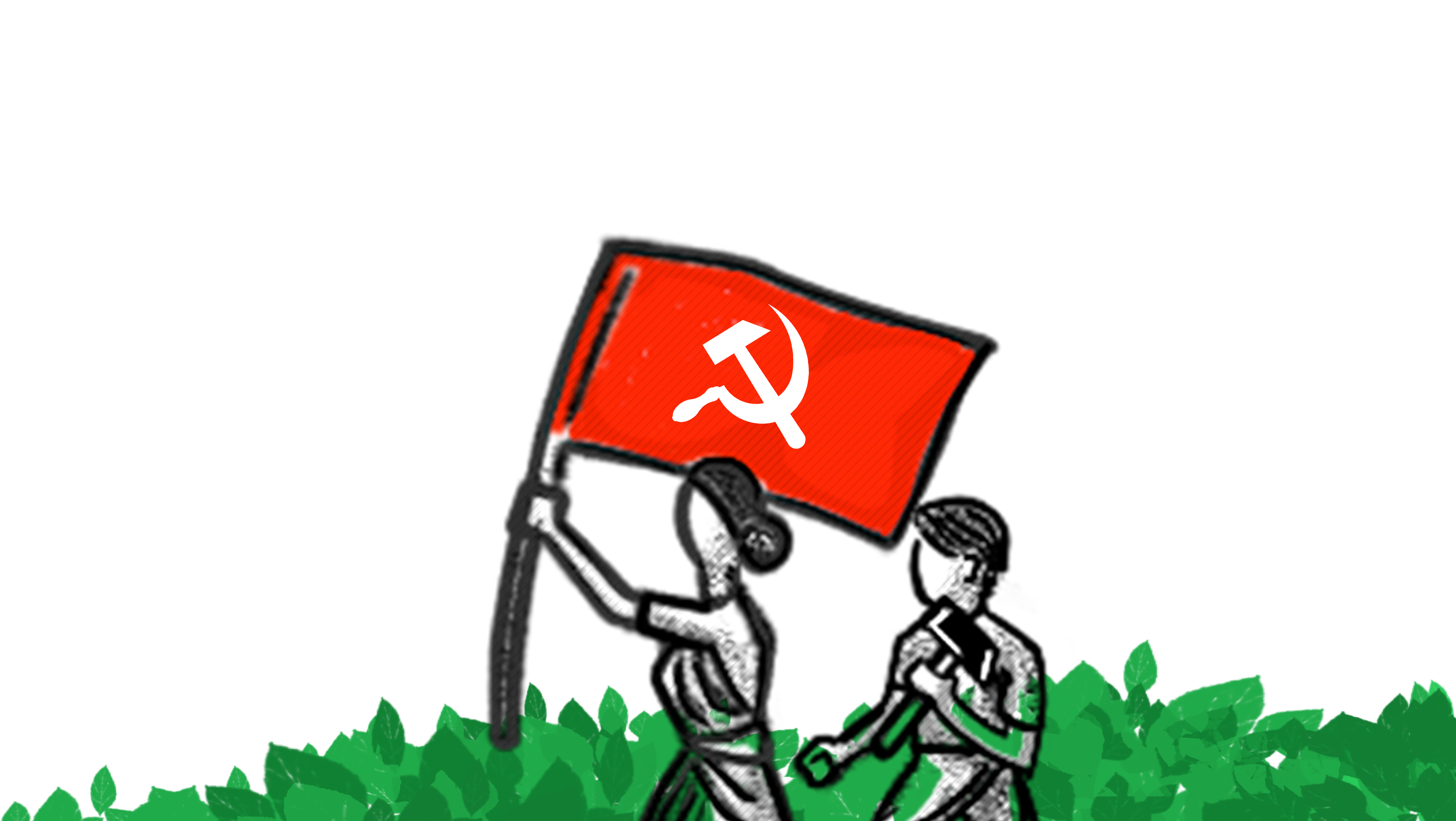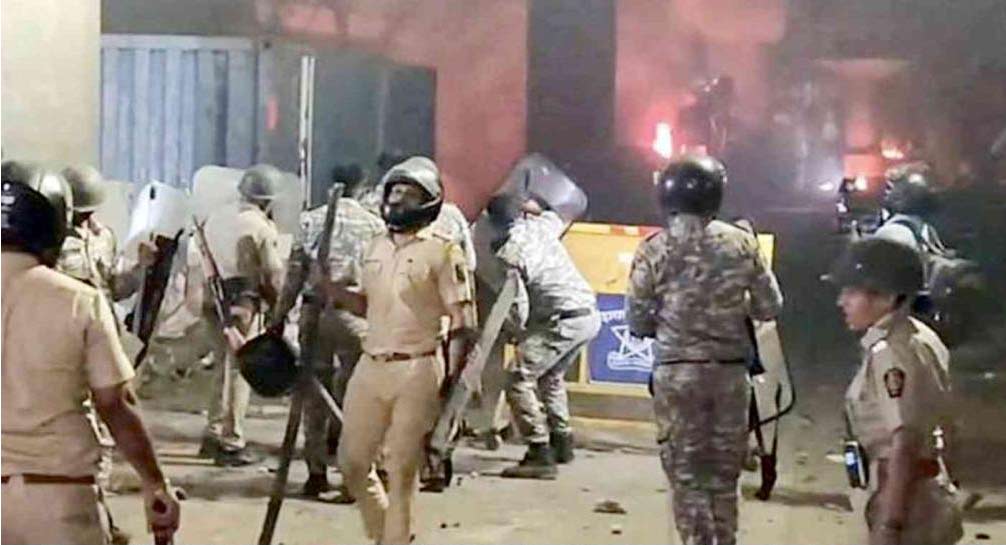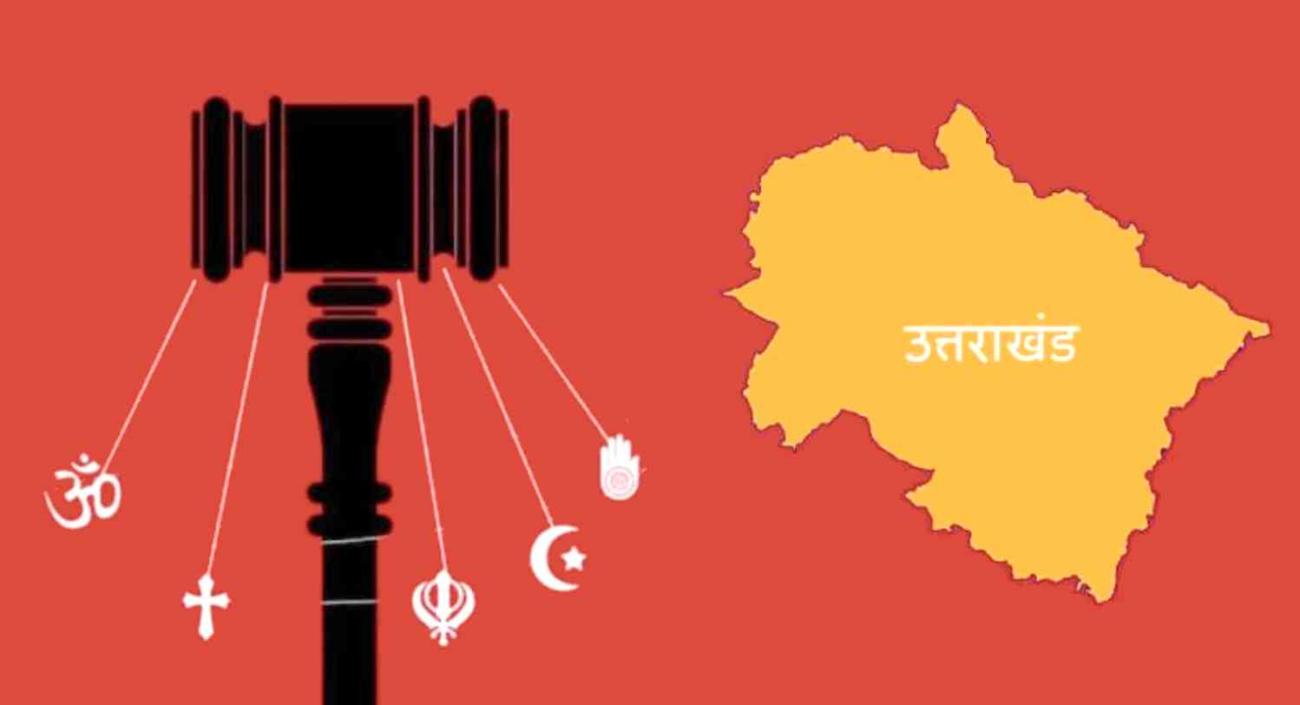The cacophony of misogynistic rhetoric voiced against the Bill since 1996, and revived this time around, has rightly invited outrage. However, let us set aside the anti-women baggage for a while, and re-examine the main case against the Bill, as articulated mainly by parties and leaders claiming to represent the dalits and OBCs. The crux of the debate is: will the Womens Bill in its present form militate against OBC representation in parliament and benefit only elite, privileged women, and must it therefore include a quota within quota for OBC women, as a precondition for passing the Bill?
Does the womens quota indeed represent a threat to political representation of oppressed and backward castes?
In the first place, we must note that provision has already been made, in the Bill, for 33% quota for women within the existing 22% SC/ST quota. So Mulayam Singhs warning to the (dalit woman) Speaker in his parliamentary diatribe against the Bill, that the Bill, if enacted, would prevent her own entry into Parliament, is obviously baseless.
The question of quota within quota for OBC women is more complicated mainly because of the fact that there is no existing OBC quota at any level in representative institutions. The question of OBC quota in assemblies and parliament is being brought up only in response to the Womens Bill. Even in Bihar, where the state government headed by the JD(U) (the party of Sharad Yadav, the most vocal opponent of the Womens Bill) has instituted 50% quota for women in panchayats, there is a quota within quota for women from SC/ST and Most Backward Castes (MBCs), not for OBCs as such.
OBC representation in assemblies and parliament has, by all accounts, increased significantly since the 1980s. If 33% seats are reserved for women, will it result in a decline in OBC representation? Wont OBC women win seats which OBC men have been winning? No, say the opponents of the Bill arguing that elite, educated, privileged, usually upper caste women will steal a march over OBC women. The lions share of the benefits of womens quota, they say, will accrue to the more privileged upper caste women.
This argument seems to be founded on a fallacy about the nature of electoral and political mechanisms. In reservation in general, it is true, where it is individuals who compete for limited seats in jobs or education it is the more privileged who are likely to corner the lions share of quotas. For instance, in the case of OBC quota, intended to correct the underrepresentation of OBCs in jobs and higher education, working class poor and women from these castes are less likely to avail benefits as compared to those from the same castes who are relatively more privileged educationally and economically. But the question arises: while OBCs continue to be underrepresented in jobs and higher education, necessitating the OBC quota, how come they are fairly well represented in parliament and many assemblies? Why has the upper caste domination in Indian politics been decisively broken, without any quota? The reason is that OBC political forces have ridden a wave of popular social mobilization that has asserted itself since the 1980s. Politics including electoral politics is all about contending social mobilizations, where the caliber and privileges of individual candidates is relatively secondary. This is the reason why a Phoolan Devi (the former bandit) won electoral battles even without any OBC quota. It is one matter that parties have been reluctant to field such women candidates, thus necessitating a womens quota, but the example of Phoolan Devi suggests that when given a chance, OBC women have not fared worse than their male counterparts in electoral battles. The same social forces which benefited male OBC leaders has played in their favour too, and their lack of educational privilege has not come in the way of electoral success. The point is that politics is not a personality contest, and there is simply no reason why OBC women should fare badly in comparison with upper caste women once the Womens Bill is brought into effect. Even the apprehension that OBC women might be denied tickets because they would be seen as less winnable than more privileged women, doesnt hold water. Winnability, in our electoral process, is decided less by individual privilege alone and more by the position of candidate and party in the social balance of forces. It is this which is the biggest factor in parties decisions to field candidates. There is no reason why a party, in a constituency where their position in the social balance would favour an OBC candidate, would choose a non-OBC candidate in case the seat is reserved for women. Reservation for women would not alter the social balance of forces it would only eliminate the aspect of gender discrimination from the social equation in that particular election.
Why is OBC quota proposed only in response to the Womens Bill, while it is not seen as necessary in general? Opponents of the Bill retort that it is precisely to counter the threat of growing OBC assertion in politics that the upper caste dominated parties have embraced the Womens Bill. Again, such an argument is based on a fallacious and superficial understanding of the basis of the increased OBC representation in politics. OBC political assertion reflects the growing assertion of an emergent kulak class in agrarian India. To reduce it to the assertion of the marginalised backward castes alone would be to ignore that it also reflects the assertion of a powerful emergent landed class, which represents a more privileged layer within the backward castes, while, however, positioning itself as the voice of the genuine social and political aspirations of the backward castes as a whole. The ruling class including the dominant national ruling parties have, to a large extent, accommodated this kulak class and its political representatives, which have not proved in any way a hurdle to the economic and social policy thrust of other ruling class parties. The initial expectations from some quarters, that these parties would prove a hurdle to communal politics or to neoliberal economic policy have been badly belied. Tensions might remain between powerful regional players and national formations, but the latter, while they might seek to replace the regional outfits, will do so by accommodating the OBC-kulak forces rather than by jettisoning them. Moreover, the Womens Bill is highly unlikely to overturn the power of the agrarian kulak class in the balance of social forces. Rather, the same political logic and process that has benefited OBC male leaders is likely to benefit OBC women as well.
Sharad Yadav, in a recent interview in Tehelka, rephrased his parkati brand of argument against educated, urbanised women leaders, in more palatable and even progressive words. He said Sita-Savitri were usually seen as representative of Indian women, and he instead wanted the Draupadis women who dared to fight Mahabharatas for justice to find political representation. If the weaker sections of the society are not included, only people like Sushma Swaraj and Brinda Karat will be seen in the Lok Sabha, not the true Draupadis who represent the real India,� he said. Brave words. But there is a problem: Brinda Karat, a prominent leader of the left-led womens movement, cannot be called an advocate of Sita-Savitri even by her worst detractors. In contrast to the considerable efforts of the womens movement and the Left-led womens groups, what has Sharad Yadav or his party ever done to mobilize the Draupadis against patriarchies? The accusation of being elite and cut off from Indian culture and social reality is a favourite one to level against womens movement activists and Sushma Swaraj would happily join Sharad Yadav in thus branding the womens movement as un-Indian! Such accusations ignore the fact that if womens movement leaders from middle class, educated backgrounds represent one kind of relative privilege in respect to their working class sisters, politicians of ruling class parties including OBC leaders from kulak backgrounds, also represent considerable class (and gender) privilege, and are not unmediated natural representatives of deprivation. The idea that educated middle class women as leaders of the womens movement or as representatives in political institutions are somehow less authentic and less representative of the real Indian women needs to be challenged very strongly, because such arguments are inevitably deployed to legitimize patriarchies in the name of Indian culture, falsely suggesting that authentic Indian women are those who accept and embrace such patriarchies.
It is not our case that OBC parties and leaders like Sharad Yadav or Mulayam are more anti-women than those from the Congress or BJP. Rather, they are pitting the OBC agenda against women, not simply because they are anti-women or even because they feel more threat from the Womens Bill, but because they perceive a political benefit in flaunting purported concern for OBCs. Sharad Yadav, for instance, is clearly seeking to use the Womens Bill issue as a timely tool in his bid to pose as OBC messiah and step into the shoes left vacant by the decline of Laloo Yadav. Today, in any case, there is no unity even in the camp of OBC leaders and parties, on the quota within quota position. Nitish Kumar of the JD(U) has strategically chosen not to endorse his party colleague Sharad Yadavs stand on the Womens Bill. In Parliament, Mulayam Singh too said not a word about quota within quota for OBC women, choosing instead to suggest the even weaker mechanism of a party-wise quota of 20% tickets to women candidates.
In his speech in Parliament, Mulayam Singh said that with 22% reserved for SC/STs, and 33% for women, there would be no space left for upper castes and backward castes. He said that leaders like Advani, Joshi, and others had reached the Lok Sabha through hard struggles, and the Womens Bill would destroy this leadership. He also employed the usual misogynistic spectre of women in parliament relegating men to domestic work, saying those thumping tables today will tomorrow be left thumping mattresses at home,� and lamented the state of affairs where women like Sonia, Mamata, Jayalalitha and Mayawati were calling the shots everywhere. Interestingly, these arguments were clearly targeted not just at OBCs but specifically at upper caste leaders (even naming them), and even more interestingly, his implication that women elected through quotas would not be the product of hard struggles and would destroy able leadership, actually echoes the meritocratic arguments posed by protestors against OBC quotas. Clearly, be it Sharad Yadav or Mulayam, the arguments against the Bill are not just emanating from concern for OBC representation, but rather these leaders have complex and distinct motivations that have necessitated different articulations and emphases at different political junctures.
We do not oppose a quota within quota on principle, nor do we reject it on the spurious argument that women are an undifferentiated category uninflected by caste and class. In fact, it would be our greatest concern that women from oppressed castes and classes get their share of representation. What are objectionable are the attempts to use the OBC issue as a smokescreen to stall the Womens Bill. To employ an analogy: would it not have been highly objectionable if the implementation of Mandal recommendations on OBC quotas in jobs and education had been stalled for years on the pretext that a quota within quota for OBC women, or for that matter economically deprived OBC students and youth, was a precondition, to accommodate the apprehension that these sections might be less able to benefit?
The need of the hour now is to pass the Womens Bill in its present form without a moments further delay. If indeed experience reveals that womens reservation is resulting in any appreciable decline in OBC representation, OBC quota in assemblies and parliament, in general as well as within the womens quota, can be accommodated through amendment.





